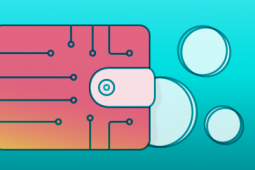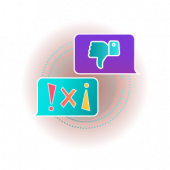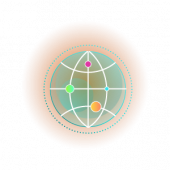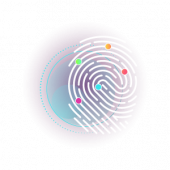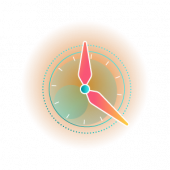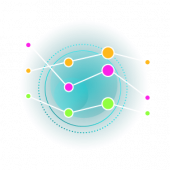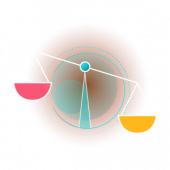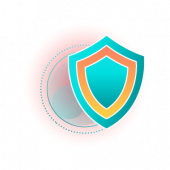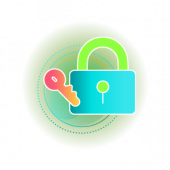Am I knowledgeable about how digital games are monetized?
Understanding Blockchain Technology
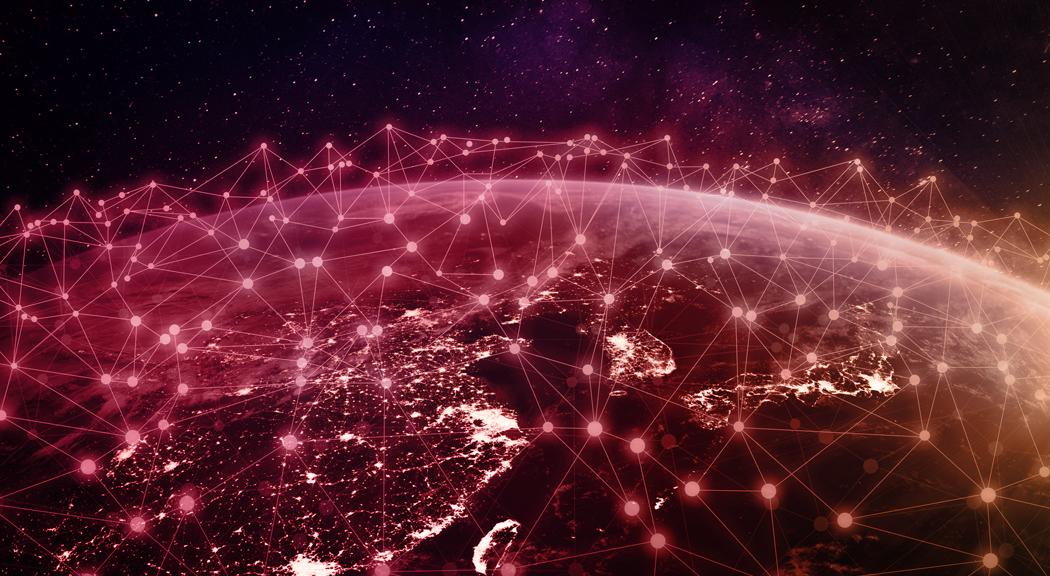
What is the blockchain:
The Blockchain, is a distributed database of records, or public ledger of digital transactions or events that have been executed and shared among participating parties. Each transaction is verified by the consensus of a majority of the participants in the system. Altering or deleting recorded transactions is mostly impossible as it requires access to all the distributed databases to apply any changes.
Architecture and Functionality of Blockchain:
In the current digital systems, verifying a certain transaction is mainly conducted by a single entity. Authorities, service providers, and third-party validate transactions by issuing certificates, signing using digital signatures, or by providing a certain stamped or validated document. Hence, validating any transaction is mainly done by trusting someone and assuming he/she is telling the truth based on their records which supposed to be correct. But, what if his/her records were altered by any hacking attempts or breach? Imagine a supply chain agency customers’ delivery addresses got altered by a hacking attempt, the impact will be catastrophic on the agency as all delivered items will be sent to the wrong recipients. Such incidents can be avoided by using a decentralized database using blockchain technology.
“The doyen of Silicon Valley’s capitalists, Marc Andreessen, listed the blockchain distributed consensus model as the most important invention since the Internet itself.”
Different than the standard databases which are stored on a single server and under one entity management, Blockchain, relay on decentralized databased shared among multiple computers using special software to ensure data is identical and encrypted.
Based on its architecture, the blockchain is considered open, global infrastructure like the internet, and it is not owned or managed by one entity. This allows us to make transactions with the possibility of eliminating any middleman, thus helps in reducing the cost and time the third party requires to assist us.
The blockchain, is a sequence of blocks, holding complete transaction records, where each block of records is connected to the previous block called parent block using a reference which is the hash value of that block. Any transaction made using blockchain is digitally signed by the users before being spread all over the network for verification by the other entities.
Characteristics of Blockchain:
With its highly complex architecture, blockchain is associated with the following characteristics:
- Decentralization: As previously mentioned, Blockchain is built on using decentralized databases, where, a transaction can be conducted between any two peers (P2P) without the authentication by the central agency or middleman. In this manner, blockchain can significantly reduce costs and time.
- Persistency: Since each of the transactions spreading across the network needs to be confirmed and recorded in blocks distributed in the whole network, it is nearly impossible to tamper. On top of that, each block will be validated by multiple nodes that facilitate the tracking and detection of any wrong entry or transaction in case it happened.
- Anonymity: As part of users' privacy, each user can generate different addresses to use while interacting with the blockchain network, which helps in limiting and avoiding identity exposure. Especially that there is no more a third party who would like to records users’ private information.
- Auditability: One of the highest strengths in the blockchain is the auditability of transactions. As the distributed network, gives the possibility to validate and trace any transaction at any time by accessing any node in the network.
Where Blockchain is used?
Throughout the years, the emergence of the blockchain technology has proved itself and the potential it has in becoming the engine of the digital economy, especially with the increase of the internet usage and e-commerce in addition to other online transaction that requires a robust and auditable system. Thus, the revolution has begun, as now we are witnessing the implementation of the blockchain in many industrial sectors, financial and non-financial systems:
- Finance: With the booming of bitcoin, digital currency, and cryptocurrency, which is going to open the economy and scale it up to a different level, by almost eliminating the need for the banking sectors.
- Insurance: This can be used to verify ownership of an asset and also trace the transaction history for any property (physical or digital such as real estate, automobiles, physical assets, laptops, or other valuables). Such assets can be registered in blockchain and the ownership, transaction history can be validated by anyone, especially insurers.
While for the non-finance application, this can be used to validated documents or eve store documents, in addition to other things which we are not going to mention in this article
- Document Validation: Verifying the authenticity of the document can be done using blockchain and eliminates the need for centralized authority like public notary. Blockchain document certification service can be used in providing the proof of Ownership, Existence, and Integrity of any official document.
- Decentralized Storage: Despite their popularity, cloud file storage solutions typically face challenges in areas such as security, privacy, and data control. The major issue is that one has to trust a third party with one’s confidential files. Blockchain-based peer-to-peer distributed cloud storage platform allows users to transfer and share data without relying on a third-party data provider. This allows people to share unused internet bandwidth and spare disk space in their personal computing devices to those looking to store large files in return for digital currency.
Challenges of Blockchain:
As a promising technology, and radical innovation the adoption of blockchain will bring significant risks and challenges any other disruptive technology might bring like:
- Behavioural changes: Like any new technology, users and customers' need to get familiar with it.
- Scalability: With the way it operates, it requires users to download the entire block once the blockchain system is installed, thus this might requires users system upgrades in addition to the services the user is using such as the internet bandwidth, and computer storage capacity.
- Government Regulations: Similar to any newly introduced technology or systems, the government might slow it down so they can build and develop the required governing law to protect their country and citizens, and to ensure system compliance.
Finally, the blockchain still one of the enormous systems, that governments, service providers, financial institutions are looking at and seriously awaiting the correct time for adoption due to the attractive solutions it can provide to financial and non-financial industries.
@2x.png)




